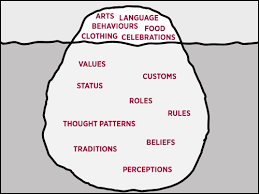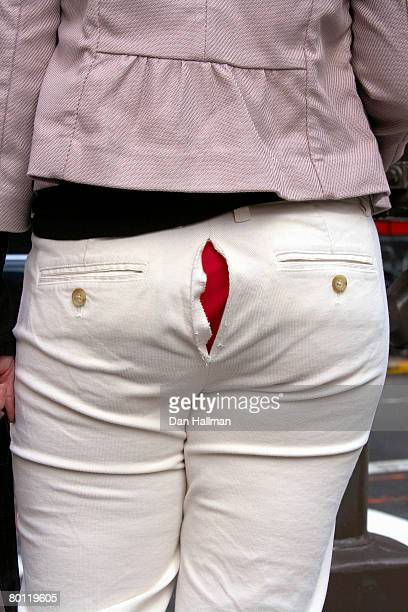The Loyalty Store.
One of the 24 Questions I use in my deep dive brand planning rigor is “How much company revenue comes from existing or repeat customers?” When I compare this figure with lost customer and new customer revenue I get a sense of a company’s loyalty, loss and business development focus.
If you look at marketing job boards today you will notice a great deal of acquisition activity. The majority of marketers are absolutely smitten by new customers; it’s akin to generals in battle who need to take new territory. Loyalty marketers, on the other hand, know it is the back door, the door customers leave by, that is most critical.
Loyalty is engendered when customers are not overlooked. Everyone knows a broken family where mommy or daddy found s new partner because back at home they felt underappreciated. This behavior not only breaks up families, it drives wedges between parents and children. Loyalty, love, under-appreciation and inquisitiveness are human traits. Marketers try to build love through the AIDA principle: Awareness, Interest, Desire and Action, often forgetting Loyalty until it’s too late. Until the back door has been open too long.
Coupons (sorry honey flowers), shallow thank yous, and automated responses do not loyalty make. Understanding yourself and your customers through a well-principled brand plan, is the place to start. Otherwise, it’s off to the loyalty store for some quick fix tactics. Peace.







